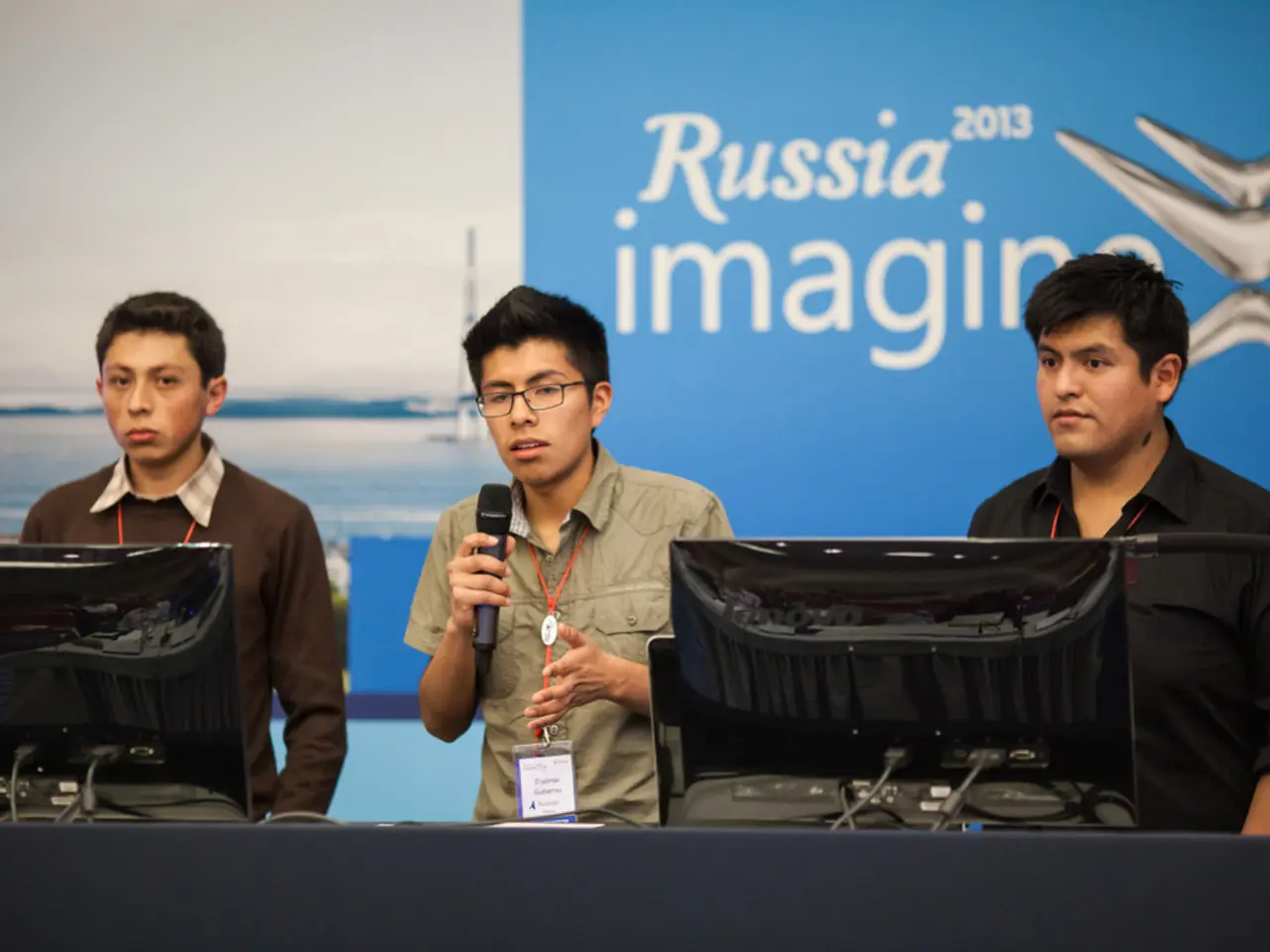Russia's robust retort to Donald Trump's criticism of a 'failed economy' comment: 'Perhaps he should revisit his favorite films that depict...'
In August 2025, the trade relations between the United States, India, and Russia entered a period of acute tension following the tariffs announced by former US President Donald Trump. The US imposed 50% tariffs on a broad range of Indian products, effective August 27, as a penalty for India's continued imports of Russian crude oil.
The tariffs have jeopardized up to 70% of India's exports to the US, impacting sectors such as diamond polishing, shrimp, home textiles, and carpets. Indian officials have condemned the tariffs as unjustified, arguing that India's reliance on Russian oil is a necessity to ensure affordable energy for its large population amid global supply disruptions.
The tariffs have disrupted corporate investment plans and supply chain realignment strategies involving US-India trade, affecting companies like Posha and Cradlewise. Despite these pressures, India is gradually seeking to diversify its energy sources away from Russia, increasing crude oil imports from the US by 51% in the first half of 2025 compared to the previous year.
Bilateral trade between India and Russia was growing, reaching $65.7 billion between 2023 and 2024, with plans to increase it to $100 billion. However, the heavy reliance on Russian crude has caused a significant trade imbalance favoring Russia, prompting India to seek a more balanced relationship over time.
The US tariffs have pushed India closer to Russia and China, forming a pragmatic partnership driven by mutual economic necessity rather than ideological alignment. India’s recent diplomatic engagement with China and the revival of the Russia-India-China strategic triangle reflect this pivot as India absorbs US trade blows while maintaining some ties with the West.
Trust among these nations remains cautious, influenced by long-standing rivalries and geopolitical competition even as economic and strategic needs create new alignments. The US tariffs have significantly strained India-US trade relations and complicated the geopolitical dynamics, accelerating India's pivot toward Russia and China while the India-Russia trade, particularly in energy, remains strong but is under pressure from shifting global sanctions and the desire for diversification.
- Despite the escalating trade tensions between the United States and India, Bollywood, being a significant contributor to India's general news and soft power, continues to maintain its global appeal.
- India's career opportunities in cricket, particularly the Indian Premier League, have remained unaffected by the tariffs, with players from around the world participating undeterred.
- The US tariffs on Indian products have instigated a shift in India's political stance, leading to a stronger focus on war-and-conflicts and global alliances, including the Russia-India-China strategic triangle.
- In the midst of these geopolitical shifts, instances of crime in India have risen, with the increased tension providing an opportunistic environment for unscrupulous activities.








